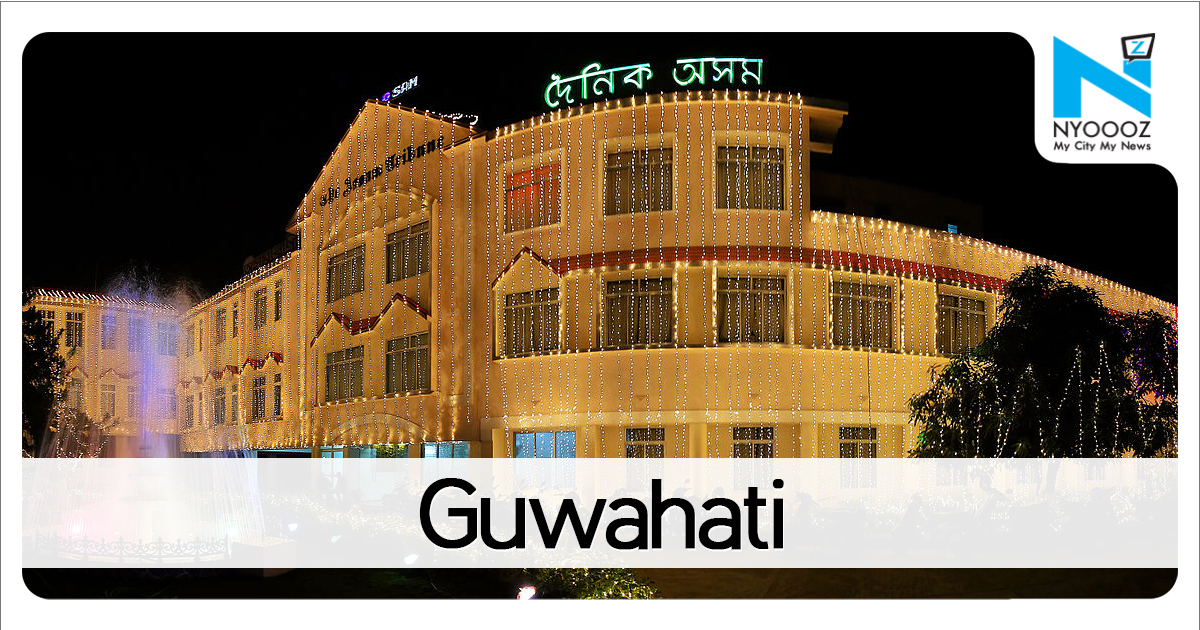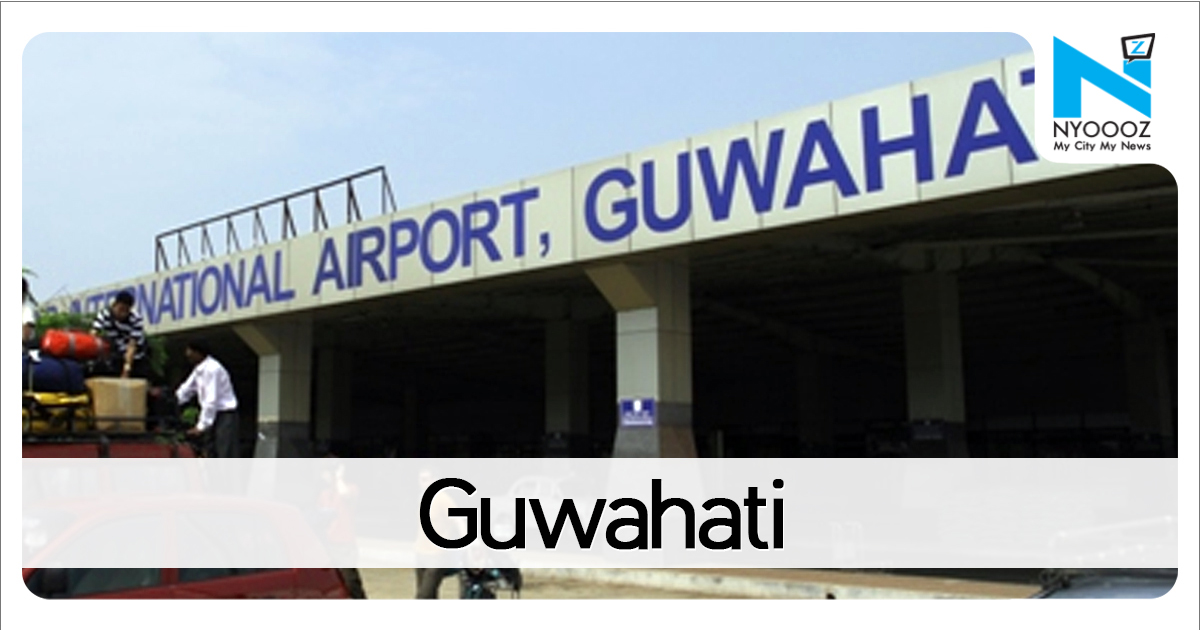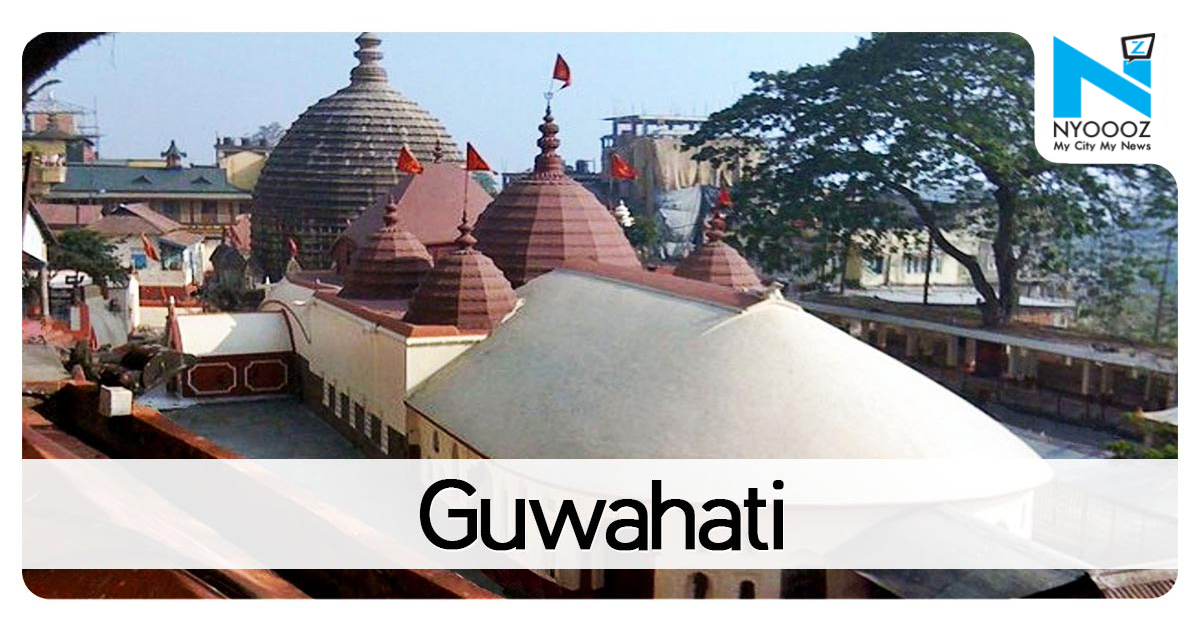Documentary tells revival story of Assam’s militancy-hit national park
- | Tuesday | 26th July, 2022

Guwahati, July 26 (PTI) From large-scale wildlife destruction during the peak of Bodo militancy to becoming a major tourist hub – National award-winning documentary ‘Manas aru Manuh’ (Manas and People) tells the conservation success story of Assam’s Manas National Park.The National Park, which got back its World Heritage Site status in 2011, had witnessed the loss of wildlife and infrastructure during the height of the Bodo movement in the late 1980s and early 1990s.“At the peak of Bodo militancy, the Park was destroyed with wildlife almost wiped out. But it has come a long way since the formation of the Bodoland Territorial Council. Poachers realised the harm they had caused and many are working for its conservation,” Hiranya Kumar Sarma, former field director of Manas National Park (MNP), pointed out.Militants had been demanding a separate state for the Bodo community for several decades. A peace accord signed in January 2020 ended the Bodo unrest in Assam.The recent census of tigers, elephants, rhinos, and other animals has shown that there has been a significant increase in their population which has been possible due to the sustained conservation by various agencies and the local stakeholders.The Park falls in the Chirang and Baksa districts and is located in the foothills of the Eastern Himalayas.The nearly 26-minute film, winner of the ‘Best film on Environment’ at the 68th National Film Awards, has been produced by Assam Forest Department, Directorate of the BTC, and biodiversity organisation ‘Aaranyak’.The non-feature film, directed by filmmaker Dip Bhuyan, narrates the story of how the Park, known for Assam roofed turtle, hispid hare, pygmy hog, and golden langur, is crucial for maintaining the cultural significance of the indigenous Bodo and other communities.It tells human stories about the relationship between people and nature, the rich biodiversity, and the practices of multiple stakeholders to conserve the rich heritage, Bhuyan said.“The park provides a living for many people living in the fringe villages. As such, engaging people in alternative livelihoods to reduce their dependence on the park is a challenge for us, and together with government organisations, NGOs, and private institutions, we have made efforts in this regard”, Sarma said.The Park is a high-value conservation landscape, Heritage, a Biosphere Reserve, a Tiger as well as an Elephant Reserve, and a National Park.The Park was enlisted in the World Heritage Site in the Danger list in 1992 but through sustained efforts, it was reinstated as a World Heritage Site in 2011, Wildlife biologist and Aaranyak"s Manas Landscape Administrator Bibhuti Lahkar mentioned.It harbours rich biodiversity, including 28 globally threatened species of mammals, 37 threatened species of birds, and more than 600 floral species. It provides ecosystem services to the entire region in the form of potable water and clean air.""We have been working in the Manas landscape since 2006, focusing on wildlife research and local community engagement to safeguard biodiversity and human well-being, which has contributed significantly to its revival,” Lahkar said.Manas Tiger Conservation Programme” (MTCP) was started in 2015 that integrated multiple approaches such as supplementing the livelihoods of the fringe villagers, supporting law enforcement, conservation education, and biological monitoring of the wildlife and habitat to aid in the conservation of tigers, co-predators and prey population and improve tiger habitats in Manas National Park, wildlife biologist Firoz Ahmed said.This has been a multi-agency collaborative programme involving the Forest Department (BTC), Park management, Wildlife Conservation Trust, and Panthera, he said.The Bodo agitation had led to the destruction of the Park but now people, including poachers who had indulged in rampant killing of wildlife, are engaged in its conservation.“I was involved in poaching inside Manas for around seven years but I along with 17 other poachers participated in an orientation on how to save the Park. We realized it is our property, we should save it and since 2003, we have been working for its conservation”, former poacher turned forest guard Budheswar Boro said.A resident of a fringe village Chakra Goyari said that protecting the Park is a part of their culture and while observing ""our "Bathou" religious traditions, we pray for the protection of Manas"".Regarding the promotion of tourism, an active member of Manas Maozendri Ecotourism Society (MMES) Kalicharan Basumatari said that earlier they had no concept of tourism but ""now we have lots of hope from Manas"".""We aim to both conserve Manas and promote eco-tourism. If there is no Manas, there will be no tourism"", he added. PTI DG MM MM MM

If You Like This Story, Support NYOOOZ
Your support to NYOOOZ will help us to continue create and publish news for and from smaller cities, which also need equal voice as much as citizens living in bigger cities have through mainstream media organizations.
Stay updated with all the Latest Guwahati headlines here. For more exclusive & live news updates from all around India, stay connected with NYOOOZ.








